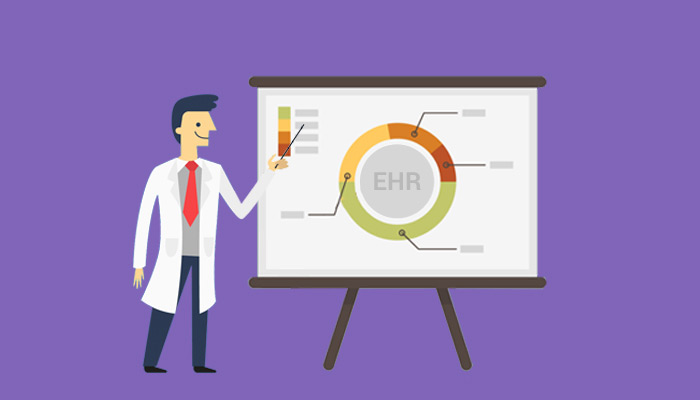Understanding EHR Pricing Models

Choosing to adopt a SaaS (Software as a Service) EHR model has significant benefits over implementing your EHR using in-house technology and servers. This is particularly true for smaller practices.
But not all models of web based EHR services are identical. There are numerous combinations of scope and price, making the decision of which EHR is right for your practice more difficult. This article explains some of the more prominent pricing models.
Evolution of Pricing for SaaS Software
With the rising popularity of electronic health records, stratification of models and pricing has become common. Having diverse pricing models are important ways for EHR vendors to stay competitive and better respond to their clients’ needs. For example, certain practices may find that a “per provider” licensing model is more cost-effective than a model based on volume or usage. For others, the opposite may be true.
The most satisfied and successful EHR-based practices understand the differences between these models and where their practices fit in.
Choosing the Right Pricing Model
Pricing for SaaS EHRs can be broken down into three main categories.
- Enterprise licenses
Enterprise licenses provide some of the most complete access and feature packages to a practice subscribing to a web-based EHR. In an enterprise license agreement, everyone has access, including all providers, with few limitations. Typically, these licenses include all the features provided by the vendor with a high level of support. Pricing reflects the scope of the enterprise license, which is usually highly with a large upfront investment. Enterprise licenses are good choices for large practices with a high volume of records access and usage.
- By user
Licenses that price by user are ideal for smaller practices with fewer users. These licenses are very common, and typically bill monthly or annually. These models are based on the providers and their staff who would be accessing the EHR system. For this type of arrangement, solo medical practices or those with a small number of providers can benefit from a subscription-based service while keeping EHR costs low.
- By event or encounter
Another pricing model is one which bills by event rather than by user. In this model, billable events entered into the system are the units determining payment. Small to large practices alikehave benefited from this model. These licenses usually have a broad scope with very little restricted access. Vendors using this model are vesting in the practice increasing their use of the system and therefore provide responsive support and service.
What’s Best for Your Practice?
A holistic planning approach is critical to choosing the best EHR model, which means taking the time to sit down and identify how your practice uses a health records system.
The cost of an EHR system, its alignment with your workflow,how it responds to your needs, and whether it supports improved efficiencies are all important considerations when choosing which EHR model will fit your practice. Practice size, including the number of users who would be accessing the records system, and the volume of usage are also critical to estimatebefore settling on a pricing model.
Planning ahead can save a practice considerable monetary investment as well as theinvestment of time and labor.
ZH Healthcare offers usage-based pricing associated with the number of events your practice enters every month.
The experts at ZH Healthcare understand that each and every practice is different and that there is no one-size-fits-all pricing model for EHR systems. Learn more about blueEHR’s EHR pricing options, including our usage based model, by visiting our website.
For more call us at call us at +1 (855) 936-3367 or Leave a message at https://blueehr.com/contact-us/